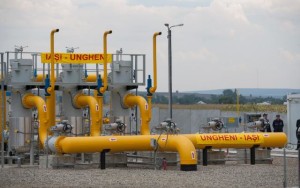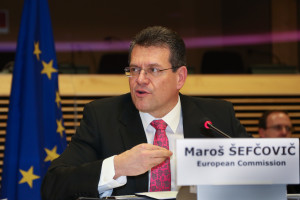The Reuters February 25, 2015 headline read,
“EU chiefs launch biggest energy shake-up in half century”
It was referring to a proposed new EU Energy Union. The impetus? Certainly, concerns about the ISIS and Ukraine conflicts are a driving force.
This week’s natural gas face-off between Russia and the Ukraine provided the opportune time to announce it.
Deutsche Welle (DW) TV stated that,
“the European Union gets about a third of its gas from Russia while Germany gets 37%, and half of all the EU’s Russian gas comes via Ukraine.”
Stronger Union Hoped
It is also viewed as a way to forge a tighter union.
The European Commission Vice President for Energy Union, Maros Sefcovic (Maroš Šefčovič), said in his February 25th announcement aired on DW TV.
“This is undoubtably the most ambitious energy project since the European Coal and Steel Community. And it has the potential, I believe, to boost the Europe’s integration project the same way coal and steel did back in the 50s and remind the citizens of the great potential of the common European market.
The EU Commision President, Jean-Claude Juncker, gave the union high priority when he took office. And he wrote in his November 1, 2014 mission letter to his new VP for Energy Union,
“We need to diversify our energy sources, and reduce the high energy dependency of several of our Member States. I want to keep our European energy market open to our neighbours. However, if the price of energy from the East becomes too expensive, either in commercial or political terms, Europe should be able to switch swiftly to other supply channels.”
In the same letter, Juncker tasked his VP with making “Europe the world number one in renewable energy”.

